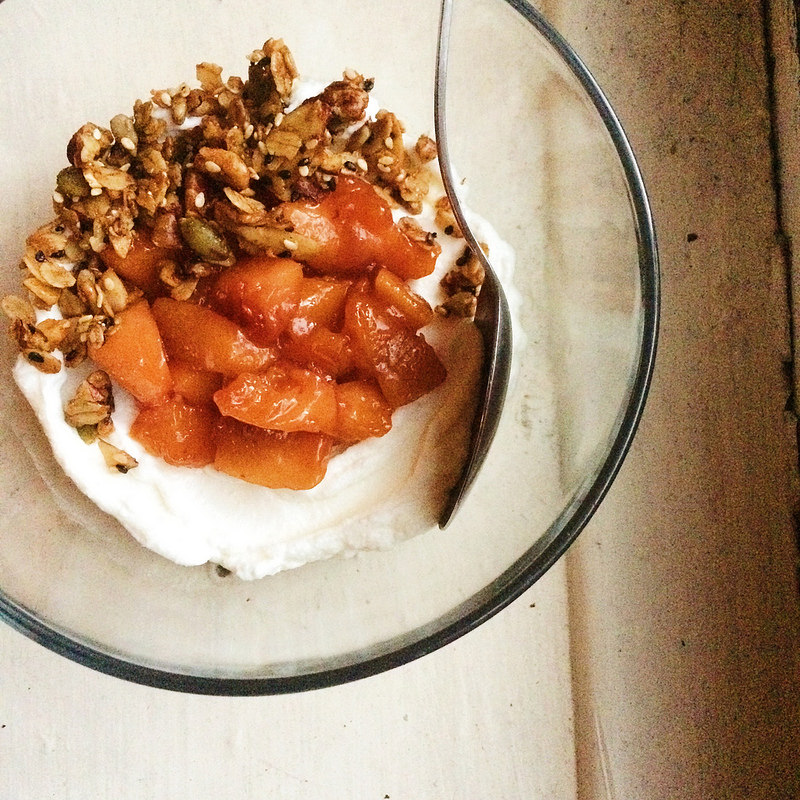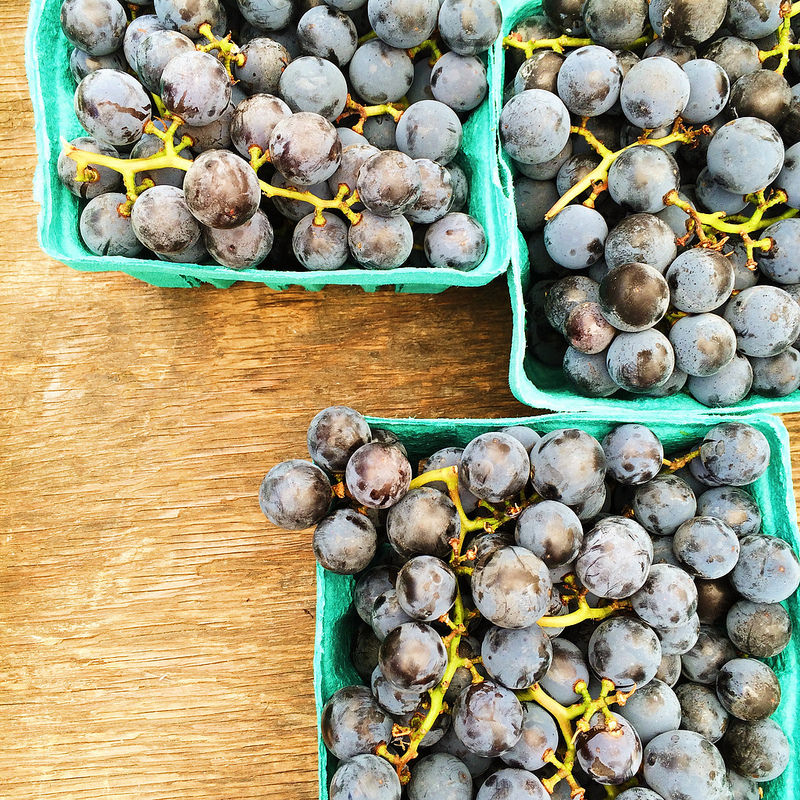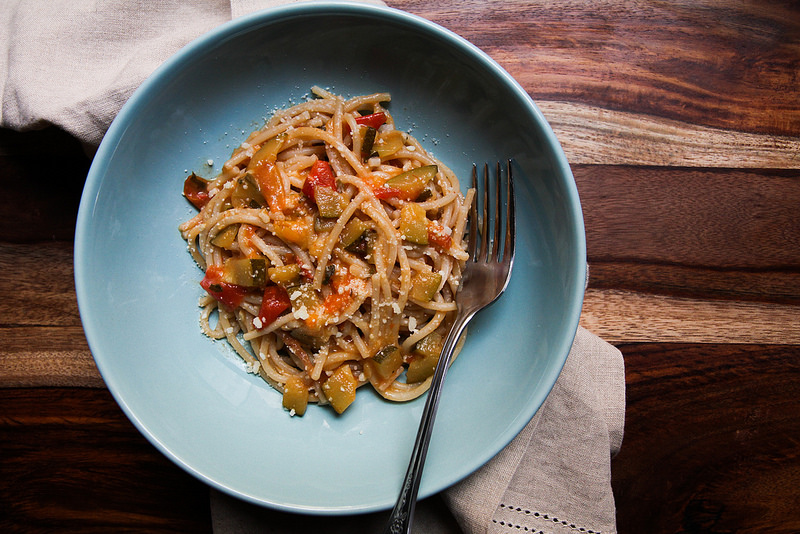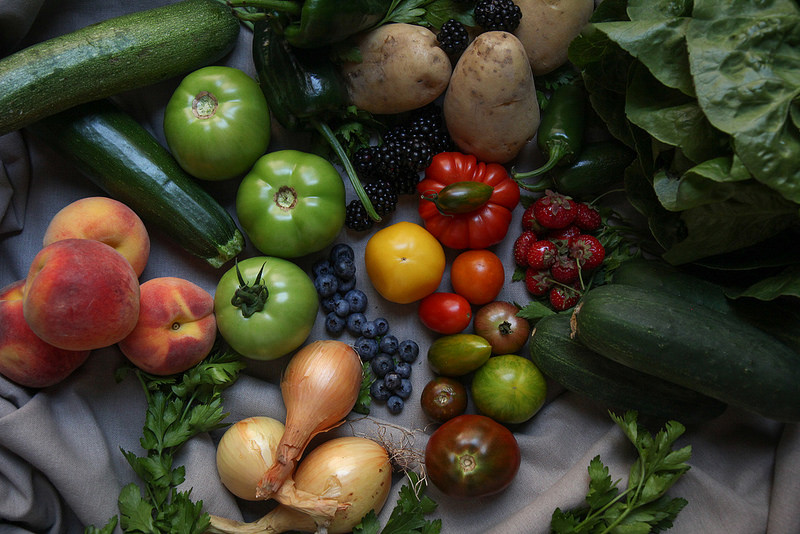Winter Slaw
/Disclaimer: We are going to pretend I didn’t go MIA yet again last week okay?...I don’t want to talk about it.
Well that went fast. It’s March already? How the hell did that happen? Winter is, dare I say, almost over?
I'm not winter's biggest fan or anything, and yet I’m vaguely sad about it. I’m not sure if it’s just time passing by so quickly that makes me feel wistful or if it’s genuinely the fact that another season has just ticked by. I was really getting in the swing of things for winter cooking. Baking all the squash, eating all the kale salads, living off pears, apples, and citrus. Braising, roasting, soup-making.
The thought of winter cooking terrified me when I was sitting upon heaps and heaps of summer produce (with scarcely an idea of what to do with ALLLLL of it.) I realize now, the abundance of summer produce can be downright overwhelming.
Where as, and I’ve said this before, the limited variety of winter produce has me figuring out how to use the same vegetable in several different, more creative ways. I also look back on past winters when I was always so disappointed with the general lousiness of vegetables. Mealy pink tomatoes, rubbery peppers, miniscule zucchinis, nevermind the tasteless strawberries and costly raspberries -- then seasonal eating went and slapped me upside the head. Um, hello! It ALL makes sense now. Eating locally and seasonally has changed my entire life, and I can say definitively for the better.
So since winter is just about done (although currently in NYC there looks to be no end in sight, i.e. snowing the rest of the week) I’m sharing with you today a Winter Slaw. I lived off this slaw for about a week and it only got better with time. And then I made it again, because it was that good. And before winter yields to spring in a few weeks, I want to make another batch, to toast to the cabbage, and kale, and carrots, and apples. Because even among the grey, dreariness of the season, they made everything a little brighter.
Winter Slaw
Ingredients:
¼ cup white balsamic vinegar or apple cider vinegar
¼ cup olive oil
1 tablespoon maple syrup
1 tablespoon dijon mustard
salt and pepper to taste
1 head red cabbage, shredded thinly
½ bunch kale, chiffonaded
4 carrots, shredded or julienned
1 granny smith apple, shredded or julienned
½ cup golden raisins
Directions:
In a small bowl, mix all dressing ingredients and whisk together until well combined. Set aside.
To assemble slaw, add all prepped vegetables to a large salad bowl and toss together until well mixed.
Pour dressing over vegetables and toss again to coat.
The slaw only gets better with time, taste wise and it turns a very pretty magenta after a day or two in the fridge.
Yield: 10 to 12 servings
























































